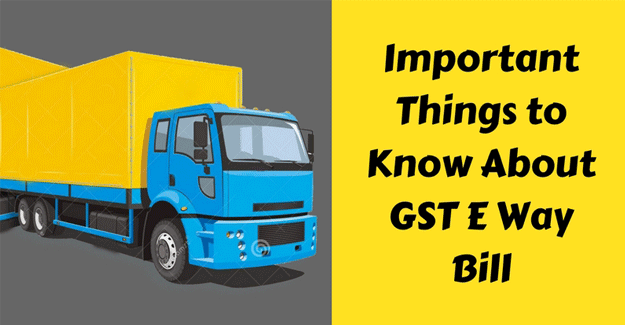FAQs on E-way Bill Answered
FAQs on E-way Bill Answered

The proposed e-way bill under the aegis of the GST regime will be in place with effect from February 1, 2018 all over India. There are some frequently asked questions regarding the e-way bill which our editor-cum-publisher Deb-Jyoti Gohain attempts to answer with utmost clarity.
The questions and answers are as presented below.
Who is responsible for e-way bill?
The responsibility for the e-way bill is of:
Ist – The Supplier
IInd – The receiver
IIIrd – the Registered person if Purchase or sale is from a unregistered Person/dealer.
What type of supply is covered under e-way bill?
There are all type of movements of goods that are covered under e-way Bill. These include rejection, sale return, repair and maintenance and job work or material sent for job work with a delivery challan. An approximate value will be there on the delivery challan for job work and the e-way bill will be made on the basis of this challan.
What amount is covered under the e-way bill?
Materials valued up to INR 50,000 are not covered under the e-way bill. If the total value of material that is loaded in a single vehicle is more than 50,000, then the e-way bill will be generated by the transporter.
How many parts comprise the e-way bill generation?
There are two parts of the e-way bill, namely A and B. In Part A, you have to mention the details of the goods receiver, items detail and value of goods. In Part B, you have to fill up a column that requires transporter details such as transport name, vehicle number, and GR number.
Till what distance is Part B that deals with transporter details exempted in e-way bill?
If the material dispatched covers less than 10 kilometers by hand or through rickshaw then Part B of the e-way bill will not be applicable.



 textileexcellence
textileexcellence 







